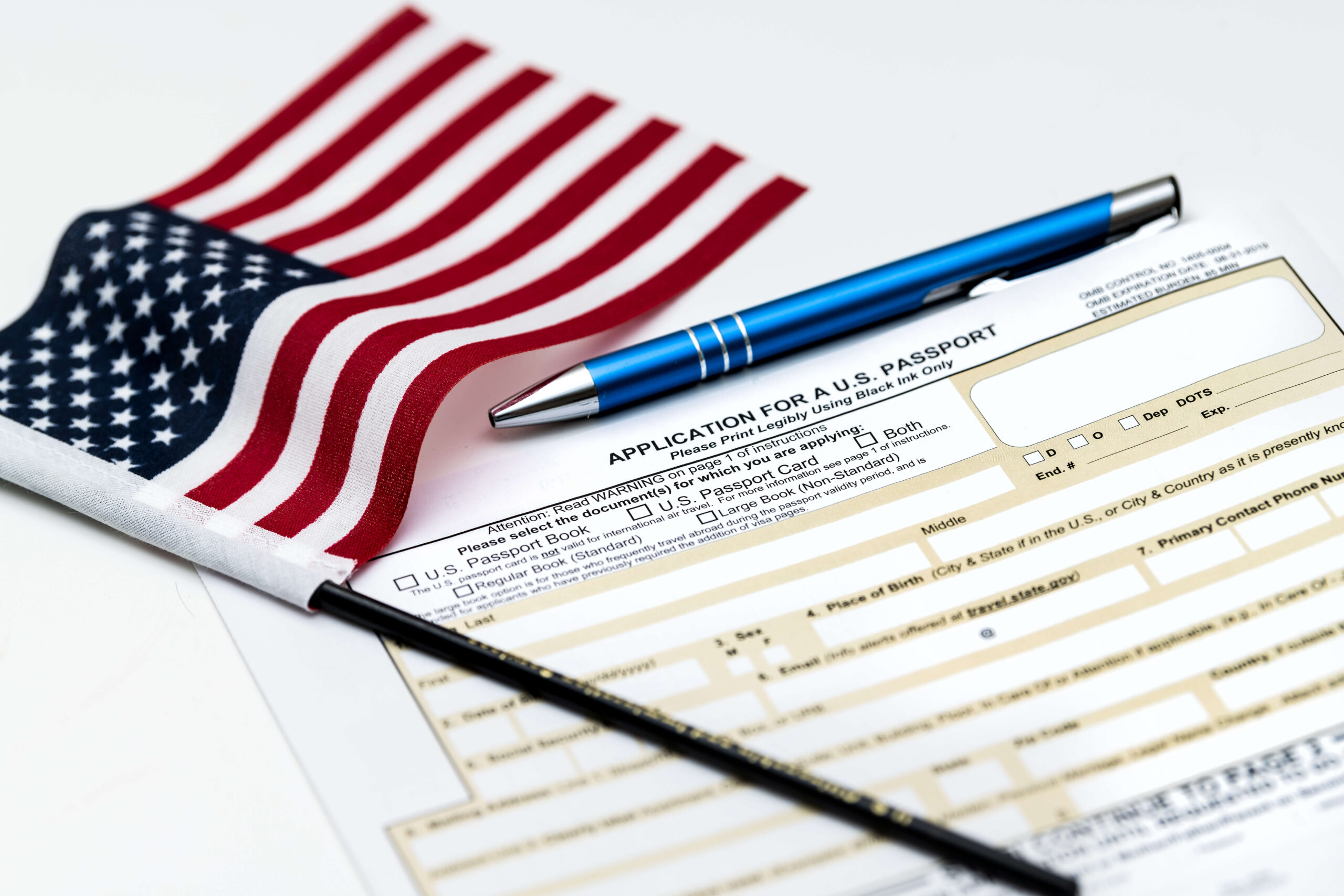The U.S. Department of State has released the Visa Bulletin for December 2022. U.S. Citizenship and Immigration Services (USCIS) has confirmed that it will accept employment-based I-485 adjustment of status applications per the Visa Bulletin’s Dates for Filing chart, rather than the Final Action Dates chart.
Month-to-Month Movement in Employment-Based Categories
In the employment-based second preference category (EB-2), the application date (or priority date) within the Dates for Filing (DFF) chart for China and India remains unchanged. The Final Action Dates (FAD) chart for EB-2 China remained the same as the prior month, and for India the date retrogressed approximately seven months from that posted in the November 2022 Visa Bulletin.
In the employment-based third preference category (EB-3), the application date (or priority date) within the DFF chart for China and India advanced forward to September 1, 2018, and August 1, 2012, respectively. The FAD chart showed forward movement in the EB-3 category for China and India as well. All other countries of chargeability remain current on both charts.
Notably, the State Department established an application date, or priority date, for all countries of chargeability across the EB-2 category in the DFF chart and the FAD chart.
Additional Insights
The State Department indicated that there were approximately 57,000 unused family-sponsored visa numbers for fiscal year (FY) 2022. As a result, the State Department predicted that the employment-based annual limit for FY 2023 would be 197,000.
The State Department also indicated that in the coming months there might be a need to set an application date, or priority date, in the FAD chart and DFF chart for China and India in the employment-based first preference classification (EB-1). This change is driven by increased demand in the EB-1 category.
The State Department also explained that due to increased applicant demand and significantly lower visa number availability for India in the EB-2 classification for FY 2023, corrective action was taken in the October 2022 Visa Bulletin. However, FY 2023 has also seen an unanticipated increase in demand in the EB-1 and EB-2 categories. To accommodate this increased demand, the State Department has taken further corrective action (retrogression).
Ogletree Deakins’ Immigration Practice Group will continue to monitor developments with respect to these and other policy changes and will post updates on the Immigration blog as additional information becomes available. Important information for employers is also available via the firm’s webinar and podcast programs.






